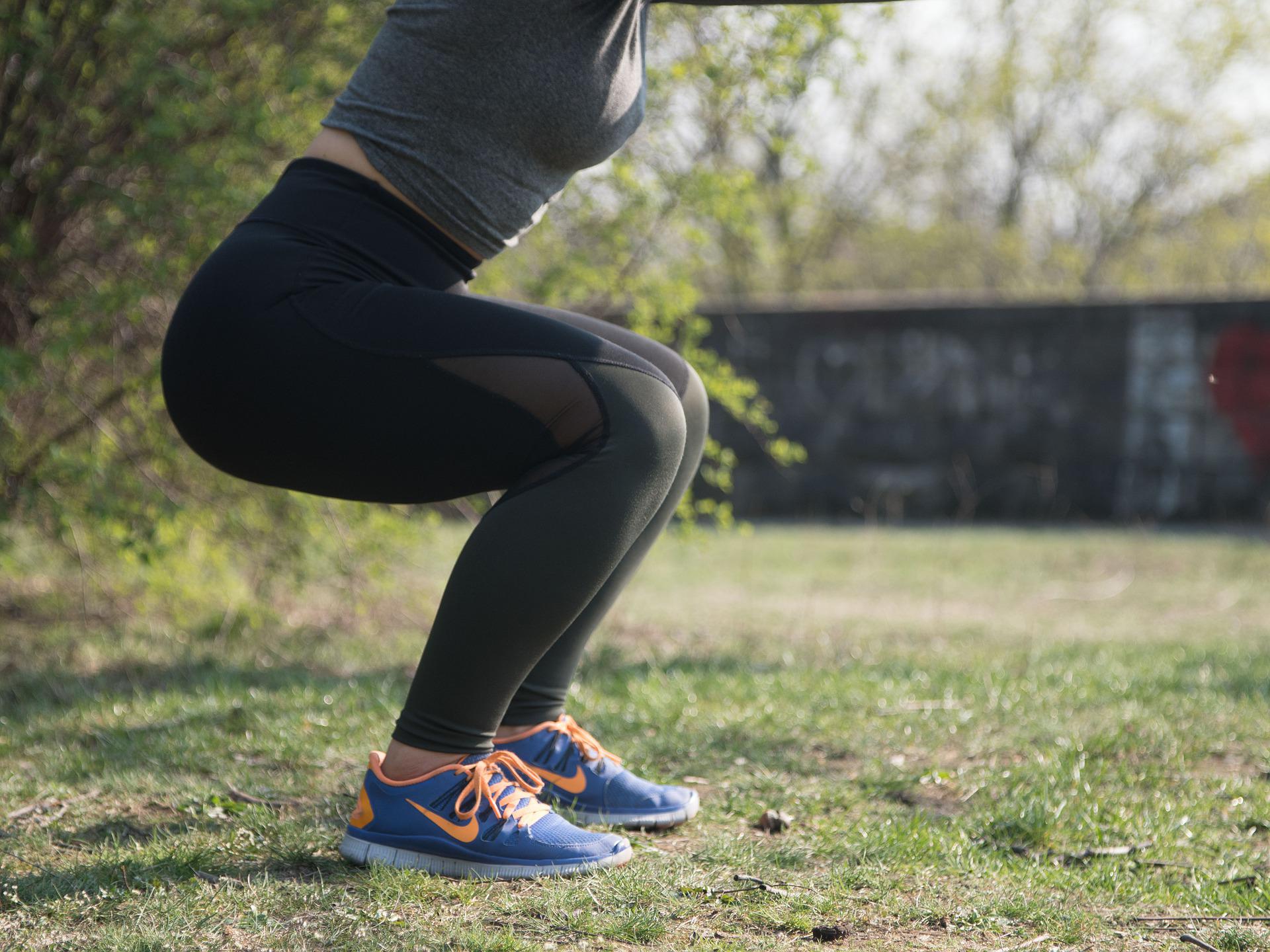
Squats are known as one of the most popular exercises to build lower body muscles. By repeating the sit-and-stand motion until the thigh is level with the knee, it works excellently in strengthening the lower body muscles such as the thigh and calf. In addition, it helps to develop not only the muscles of the lower body but also the muscles of the whole body. It also has the advantage of being able to do it easily and without cost, as it does not require equipment and space to exercise. Now, let’s take a look at the various effects you get when you do squats. squat exercise effect
1. Strengthen the lower body muscles
The most representative effect of squat exercise is to strengthen the lower body muscles. If you repeatedly perform squat exercise every day, the muscles that make up the lower body, such as the quadriceps, hamstring flexors, and gluteus medius muscles, are strengthened and are effective in developing lower body muscles such as thighs, calves, and buttocks. In particular, it is known to have a good effect in preventing pain while at the same time reducing cartilage damage in the knee by reducing the load on the knee with the strengthened thigh muscles.
2. Strengthen whole body muscles
The advantage of squat exercise is that it strengthens the muscles of the whole body as well as the lower body muscles. It helps to increase muscle mass and strengthen the muscles of the whole body by using the muscles of the whole body that are not used often by repeating sitting and standing. In addition, if you repeat squat exercise every day, it is excellent in activating the secretion of hormones involved in normal metabolism, and this effect also helps to improve muscle mass. In addition, if you train your back muscles with squats, you will feel more stable in your neck and back, and you will be able to get a good effect in correcting your posture by strengthening the lower trapezius on the opposite side of your chest.
3. Increased basal metabolic rate
Basal metabolic rate refers to the amount of energy used in metabolism for basic life activities such as breathing and heartbeat while maintaining a constant body temperature. Energy is consumed as much as the basal metabolic rate when resting or standing still, and it is known that there is a difference depending on an individual’s physical factors such as metabolic rate and muscle mass. If you increase your muscle mass through squat exercise, your basal metabolic rate will increase as well, which will help you burn a lot of calories in a short time and help you maintain an appropriate weight by reducing body fat.
4. Prevention of adult diseases
If you repeat the motion of sitting and standing in a squat exercise, the speed of circulation of blood from the lower body to the entire body increases. With this blood flow improvement effect, it suppresses the formation of blood clots, which are part of the blood in the blood vessels, and helps in the smooth discharge of wastes inside the blood vessels, which is beneficial in preventing adult diseases related to blood vessels. In addition, the effect of squats to discharge waste products is said to help prevent edema by helping to discharge not only blood vessels but also waste products accumulated throughout the body. In addition, it helps to stimulate the secretion of insulin, which regulates blood sugar, and has the effect of helping to prevent diabetes.
Other Effects Steady continuous squat exercise strengthens ligaments and connective tissues, and is excellent for improving flexibility, and has the effect of helping to improve balance and motor skills. This action can also help prevent the risk of injuries that can occur in unexpected situations. In addition, it is known that the effect of improving internal function, which is improved through steady squat exercise, also promotes intestinal peristalsis, which helps prevent constipation and improve symptoms. how to do squats
In order to increase the effectiveness of the squat exercise, it is important to maintain and perform the correct posture. First, place your feet shoulder-width apart and raise your arms in front of you. Then, with your back straight, bend your knees to about 60°C and lower your upper body. Then, face the front for about 10 seconds and hold the posture, then slowly lower your arms and straighten your knees to lift your pelvis forward. It is recommended to do 1 set of 10 repetitions of these movements, and it is recommended to do about 3 sets in total. Rest 15-20 seconds between sets to avoid injury. And it is said that if you gradually increase the number of sets according to your physical condition, the effect of the exercise can be further increased. When doing squats, it is recommended that the knees do not lean inward, and the tips of the knees do not go beyond the toes. It is also important to keep your head and back perpendicular to the floor. If you do not keep your head and back vertical and repeat the motion in a bent state, it may cause back pain, so it is recommended to be careful. Also, if the hip goes below the knee during the sitting motion, it may overstimulate the knee and cause knee pain.

































